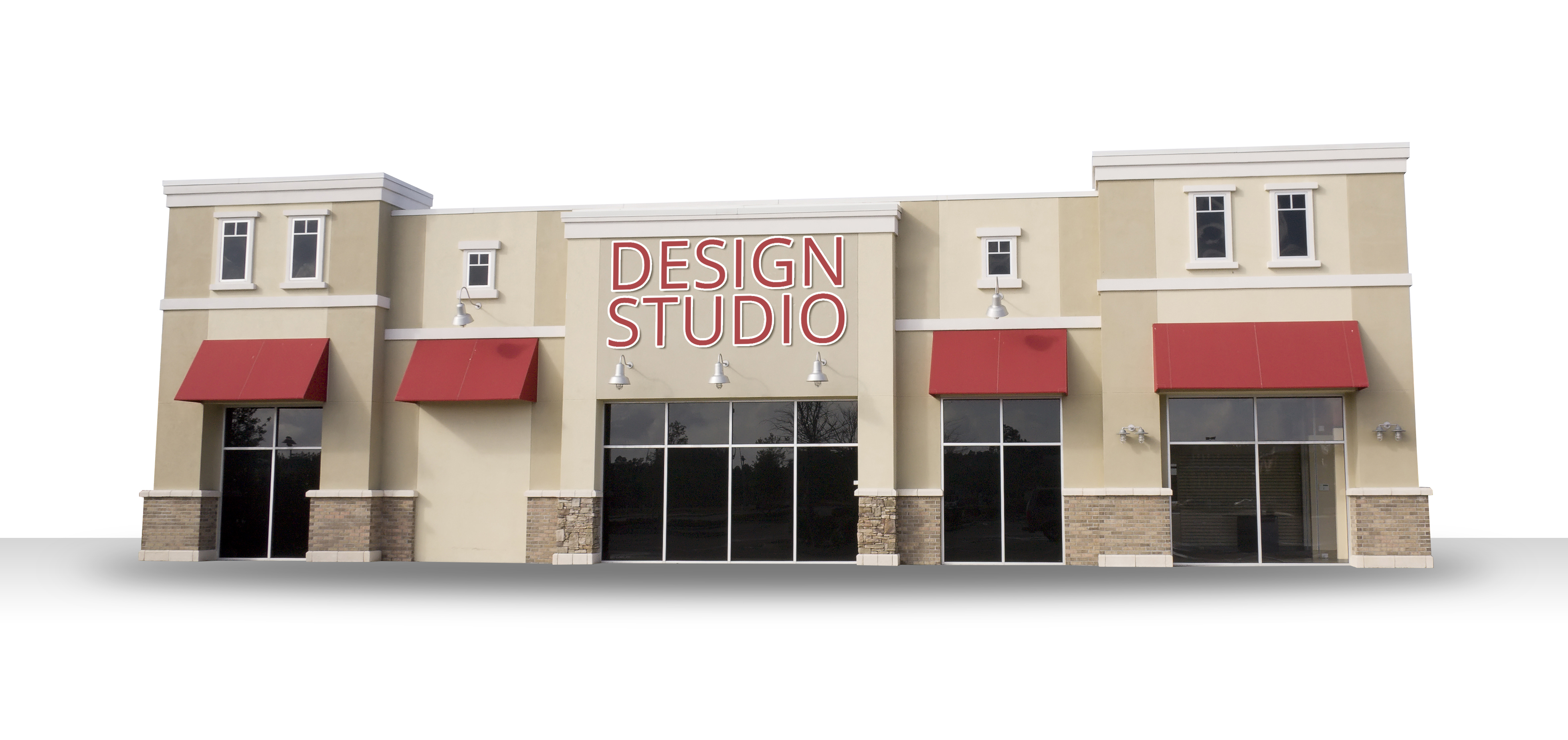
Where did we lose control?
A guide to taking back the reins in your design studio
Article written by Jane
I have spoken with many builders who — despite having a range of policies and procedures in place — are still stuck in a “no-win” zone with buyers who complain about policies and team members who make constant exceptions in the name of homebuyer satisfaction.
Put simply? Customers are calling the shots.
Late changes and customization requests are just two examples of how well-intentioned customers can create significant disruptions throughout the homebuilding and personalization process. In turn, this causes a lot of undue stress and complication everyone involved.
So what are we to do?

What if you could say no… without actually saying no?
There is a sense among builders that the customer should be in charge — and that declining their requests will only lead to frustration and poor satisfaction.
And so they offer too much, never say no, break their policies, or find that their policies have eroded over time… all because they don’t want to say no.
Wanting to delight and thrill your customers is admirable and necessary — but breaking policies and bending the rules in an effort to ensure your customer is always happy is… well… a little like caving into a screaming toddler in the supermarket who really wants that candy bar. Good in the short term, but painful in the long run.
Of course, our customers aren’t toddlers, but ultimately, it’s our job to do what will serve them best in the long term, rather than caving into a quick fix in the moment.
And the best part is that when your policies, processes and procedures are enforced in a customer-centric way… it won’t feel like a no. It will feel like guidance, expertise, and care — all things that are critically important to your customers.
Every healthy relationship has boundaries
The truth is that letting your customers call the shots isn’t always in their best interests. As their trusted builder, you’ve been tasked with ensuring that they receive a high-quality home, delivered on time…
And sometimes that means you need make the tough decisions to make it happen.
The good news is that your customers don’t need to feel disappointed or frustrated when you decline their requests — because really it’s about redirecting them towards alternative solutions or finding other ways to make them happy. The key to making this happen is to have the right policies, procedures and processes in place that will thrill and delight them each step of the way.
So what do you do when your customers are running the show? First, be cool!
The answer isn’t saying “Yes” to everything but it also isn’t waiting until you get to the breaking point and yelling at your team that, “As of tomorrow, we’re not doing this anymore… and this time I mean it!”
There’s a more thoughtful and effective way to regain control. Here’s how we help builders create effective design studio policies and processes that work:
5 steps to design studio best practices that will delight your customers
Step 1: Discovery and Investigation
Ideally with input from your management and design studio team, begin digging into the current “state of affairs” in your design studio:
- How much non-compliance is really going on?
- Are policies working as they should?
- Where is time being lost?
- Where is miscommunication happening?
- Where is frustration frequently happening — for your team and your customers?

With your team’s input, consider the requests that your customers make and how they affect your studio: do you deal with more Late Change Requests than you would like? Are customers always making Special Requests for customization, or are you frustrated with a lack of adherence to deadlines, deposits, substitutions throughout the buying process?
Step 2: Policy Creation
Armed with these new insights, create new policy statements that support the experience you want to create for your customers — and the boundaries you want to set and enforce. From there, create a procedure that provides the specific steps for how you’ll execute on your new policy.
Step 3: Tools and Structure
Consider the supports you’ll need in place that will allow you to follow through on your policies and procedures. For example, do you need a better way of setting expectations? A better approach to overcoming, and even pre-empting, certain objections throughout the buying process?
Step 4: Coach Your Customers Toward Successful Compliance
It’s time to disseminate your new policies among your team and provide the necessary training that will allow them to interact with customers in a way that ensures the policies are consistently put in place.
Ensure clarity among all team members regarding new policies, and teach them how to use the tools and structure you’ve created — and, perhaps most importantly of all, inspire them to implement these news changes. In order for your new policies to stick, you and your team need to believe that you can guide your customers towards compliance (all while thrilling and delighting them, every step of the way).
Step 5: Evaluate and Refine
Gather feedback from the team and customers. What’s working? What do you need to tweak and refine?
And, most importantly…
Keep the faith!
Next time:
We’ll be sharing information about the difference between policies and procedures that are “not broken” and those that are “exceptional”, and talking about why “what got you here won’t get you where you want to go”. Keep an eye out for our next article the week of May 21 to discover how to set your buyers up for a successful design studio experience.
Go deeper with the Design Studio Best Practices WORKSHOP:
If you aren’t sure how to take back control and increase customer satisfaction at the same time, let us show you how.
We’ve done it successfully with hundreds of builders and we’d love to support you in streamlining your processes and delighting homebuyers with win-win policies that keep you in control.

